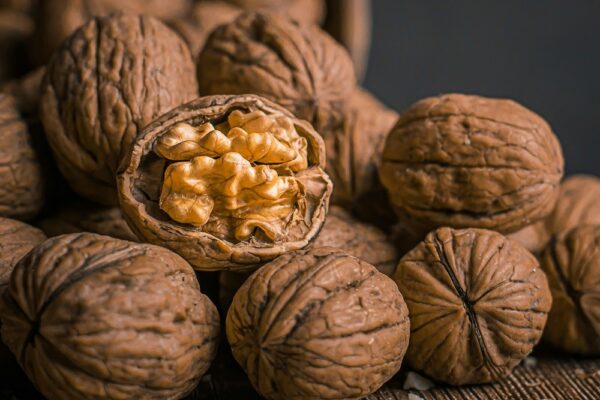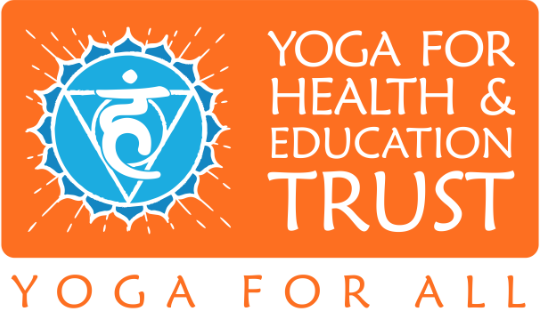Looking After our Necks: In a Nutshell: Neck Muscles

Neck Muscles
There are many muscles in our necks but the two largest are:
• Sternocleidomastoid
• Trapezius
Sternocleidomastoid:
Attachments: This muscle arises from the manubrium of the sternum (the wider part at the top of the bone) and the clavicle (collar bone) and extends upwards to the mastoid process of the temporal bone (behind the ear).
Movement: It assists in moving the head from side to side. When the muscle on one side contracts it draws the head towards the shoulder. When both contract at once they flex the cervical vertebrae. When the head is maintained in a fixed position, the sternum and clavicle are drawn upwards, for example in forced respiration.
This is the main accessory muscle of respiration, together with the diaphragm and intercostal muscles.

Trapezius:
Attachments: The top of this muscle attaches to the occipital protuberance at the base of the skull, the medial attachment is to the transverse processes of the cervical and thoracic vertebrae and the lateral attachment is into the clavicle and the upper part of the scapula (shoulder blade).
Movement: Pulls the head backwards, squares the shoulders and controls movement of the scapula when moving the shoulder.
We need to look after our necks. The average human head weighs about 11lbs (5 kg).
That’s a lot of weight to carry around all day!
Mary Leonard, YHET Member
